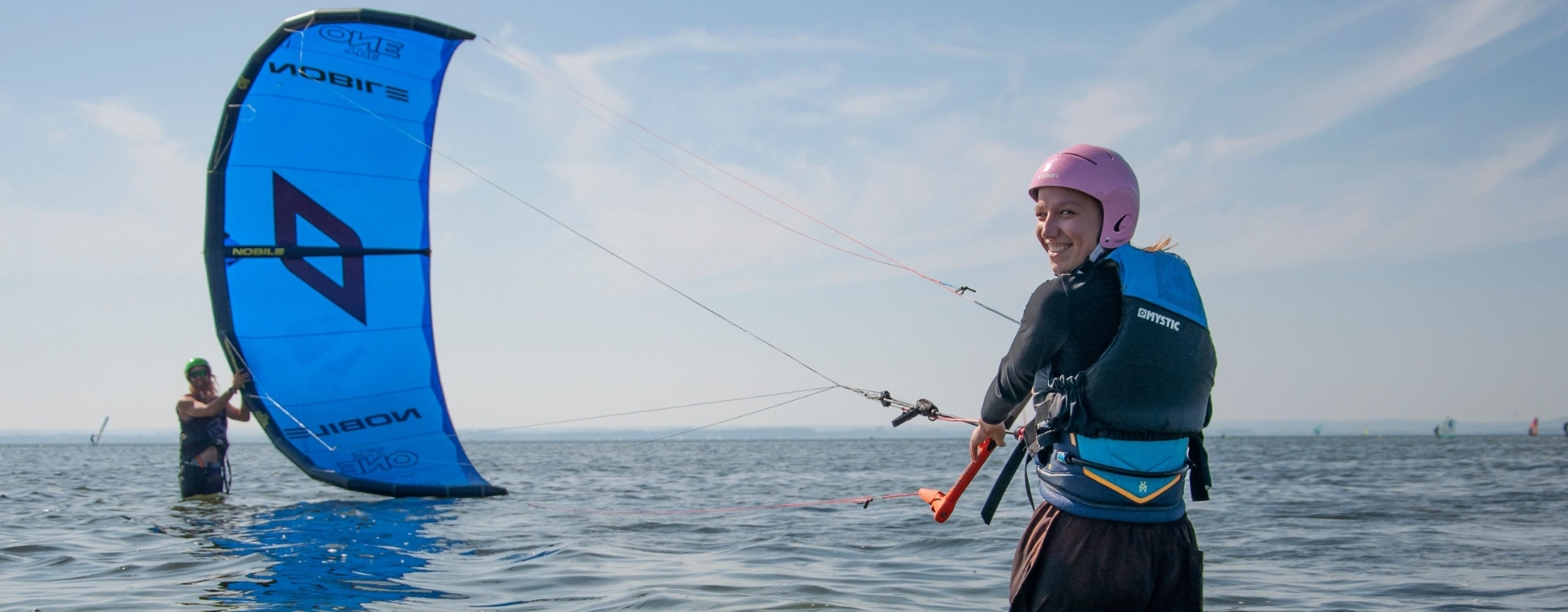Why Short Lines Make Learning Kitesurfing Easier and Safer
Have you ever thought about how fantastic it would be to learn kitesurfing with a technique that offers you control and safety from day one? Discover the benefits of teaching and learning with short lines, a breakthrough introduced by the International Kiteboarding Organization (IKO) in 2001. This simple practice completely transforms your approach to kitesurfing, making it more accessible, safe, and enjoyable. Curious how? Keep reading to find out why short lines are the winning choice for every kiter!
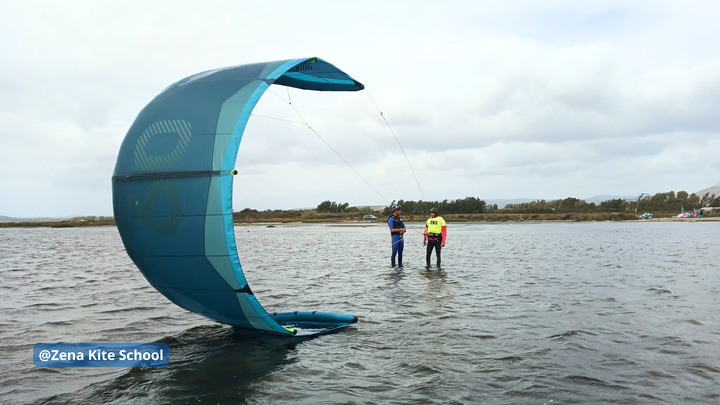
Short Lines - A Game-Changer According to IKO Experts to Learn Kitesurfing
Imagine trying to learn to drive using a Ferrari 488 GTB; it can be overwhelming, right? The same concept applies to kites with long lines: the longer the lines, the more power you can generate due to the larger wind window. This can make it challenging to recover from mistakes, sometimes with painful consequences. It’s difficult to manage that power without a solid understanding of how to control it. This is where short lines come into play. IKO implemented this technique for decades to ensure a safer and faster learning experience, allowing for what we call "trial and error" in a more controlled manner. With short lines, you can control the kite without feeling overwhelmed, and mistakes can become learning experiences without drama.
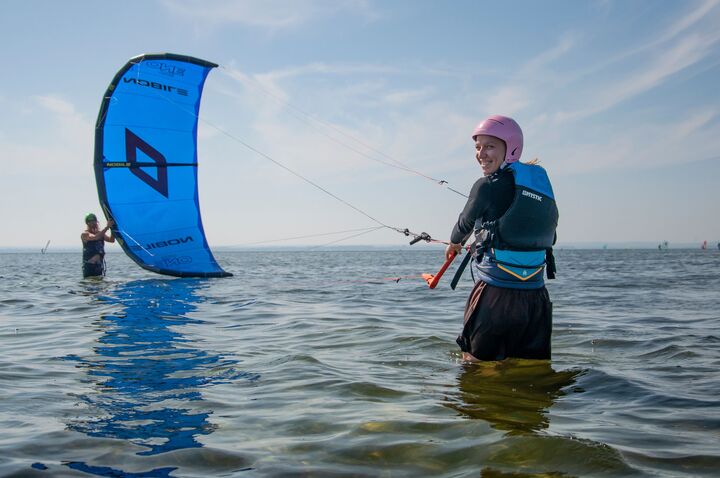
https://nobilekiteboarding.com/
If you’re thinking, “Are the short lines really necessary?” the answer is a resounding yes! Anyone who has tried learning with short lines confirms it: the sense of control is immediate, and this makes the difference between being nervous and having real fun.
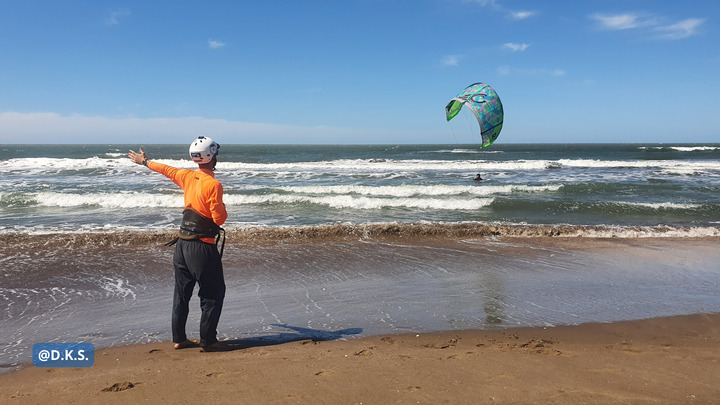
Understanding Short Lines: How They Work, and How to Shorten Them, What to Learn from Them
Short lines can range from 5 to 15 meters in length, depending on the lesson stage:
- ¼ line length (5 m) for beach exercises.
- ¼ to ½ line length (5 m - 10 m) for body-dragging in the water.
- ½ to ¾ line length (10 m - 15 m) for steady-pull and first water start.
- Full length (18 to 22 m) for water start and upwind riding.
Using short lines reduces the kite's power without decreasing its size. For example, a 9m² kite with 5m lines is less powerful than a 5m² kite with 24m lines in the same wind conditions. Reducing the length of the lines instead of reducing the size of the kite decreases the kite’s power, making it more manageable and facilitating learning and safety.
Check out the video for a step-by-step guide to maximize your equipment's performance quickly and easily.
If you want to shorten your lines without cutting them, IKO has you covered. We’ve published a video demonstrating reducing line length without special tools. It’s super easy! Follow our tutorial, which guides you through everything you need to know step by step and your next students will be ready to learn kitesurfing wuth short lines.
More Control and Less Stress for Instructors and Students when Learning Kitesurfing
Are you an instructor? You must know that using short lines makes lesson management easier and less stressful. Monitoring and correcting your students with shorter lines is more efficient, as the kite's responses are more immediate and predictable. This reduces the risk of accidents and allows you to intervene quickly in case of problems.
Additionally, the reduced power from short lines lowers stress levels, which is crucial for maintaining a positive and productive teaching environment when students learn kitesurfing.
Watch the video on IKOINTL YouTube channel to see the benefits of short lines in action and discover why this approach revolutionizes kitesurfing.
Less Wear and Greater Flexibility for Schools
Kitesurfing schools benefit significantly by adopting short lines regarding safety, cost, and practicality. Kites with short lines experience less wear and tear due to the reduced tension, allowing schools to save on maintenance and equipment replacement costs. Furthermore, short lines enable operation in more confined spaces, making it easier for schools to manage activities on crowded beaches or in areas with space limitations.
Using a set of short lines also allows instructors and schools to react faster to changing weather conditions. Instead of pumping a new kite, instructors can keep the same kite size and adjust the lines as needed while the student learn kitesurfing.
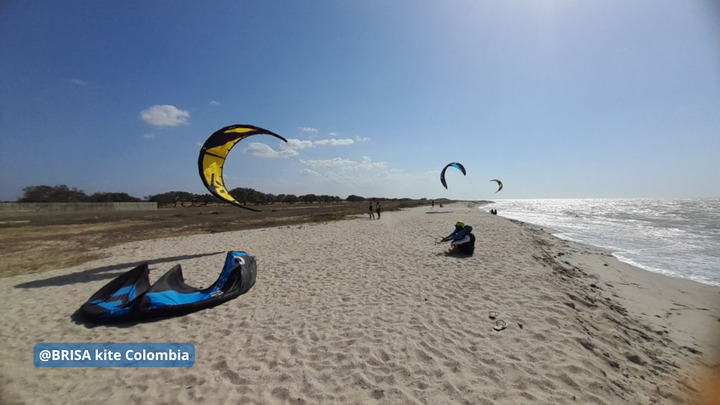
Shortening kite lines is an essential tactic for your IKO Instructor. Teaching with short lines is part of the IKO Instructor Training Course experience.
If you are an IKO Instructor, this eCourse can deepen and refresh your knowledge. As a student, you will be pleased to experience this safe technique while you learn kitesurfing during your IKO Kitesurf Course, and you will be amazed at how you will stay in control, regardless of the conditions.
If you want to learn kitesurfing, book an IKO Kitesurf Course today to learn safely and with fun.
